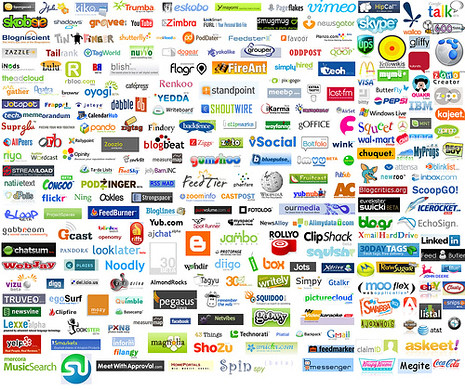 |
| Forget these resolutions. Make one you can stick to!! |
With 2011 right around the corner, it is the perfect time to make a new year’s resolution for your social media efforts!
Let’s say you’ve got a few accounts started and have been maintaining it for a few months. You might be asking yourself, now what? Just keep tweeting? Just keep posting information? Wrong. It is easy to just keep passively maintaining accounts on various platforms (Twitter, Facebook, etc.). After you get a few accounts up and running there are three words that should immediately come to mind.
Monitor. Measure. Tune.
Don’t have a new year’s resolution yet? Here is one that you can actually stick to! Make a resolution this year to monitor, measure, and tune your social media strategy frequently.
At a minimum, every few months you should assess your progress in social media (e.g., look at growth in followers, comments, responses, etc.). Then, tune your marketing plan based on the feedback to optimize goal achievement. Reevaluate and adjust your social media marketing plan to account for the ever changing nature of consumer tastes and the social web. For example, if the number of followers on your Twitter account is declining, you can adjust your content to more closely match your target market’s interests. If the number of responses to your tweets is declining, you can adjust your strategy by asking a question at the end of each tweet that inspires people to respond. In short, planning and executing a social media marketing campaign is a never ending cycle. You should constantly monitor and tune your strategies to maximize the impact of your campaign.
Here you will find more information on the topic:
- Is Your Social Media Strategy Really a Strategy?
- 9 Building Blocks of a Social Media Strategy.
- SMB 2011 Resolutions: Fine-tune That Social Media Strategy
















